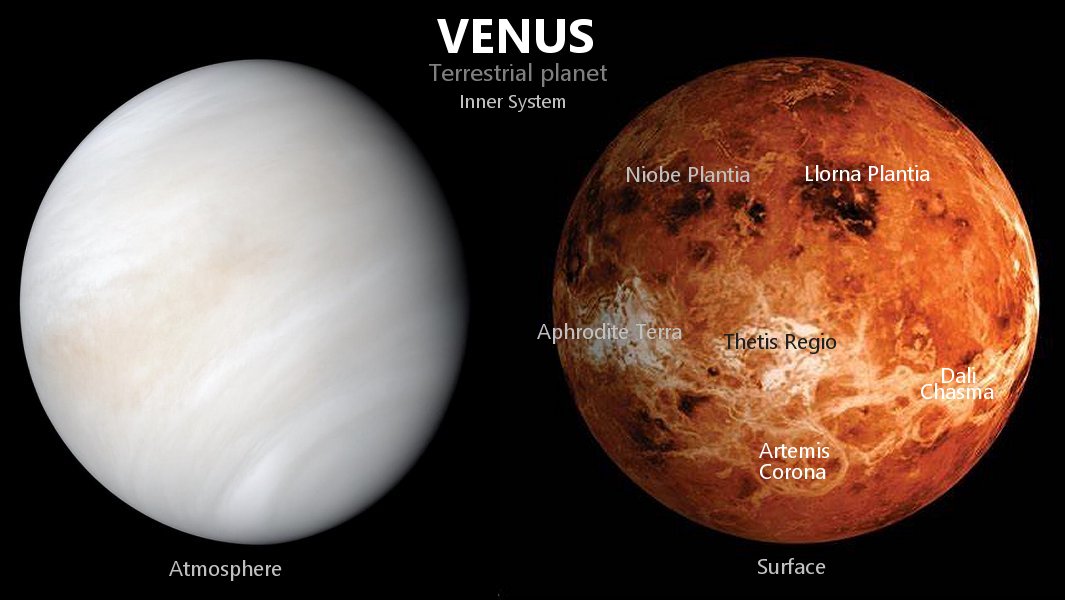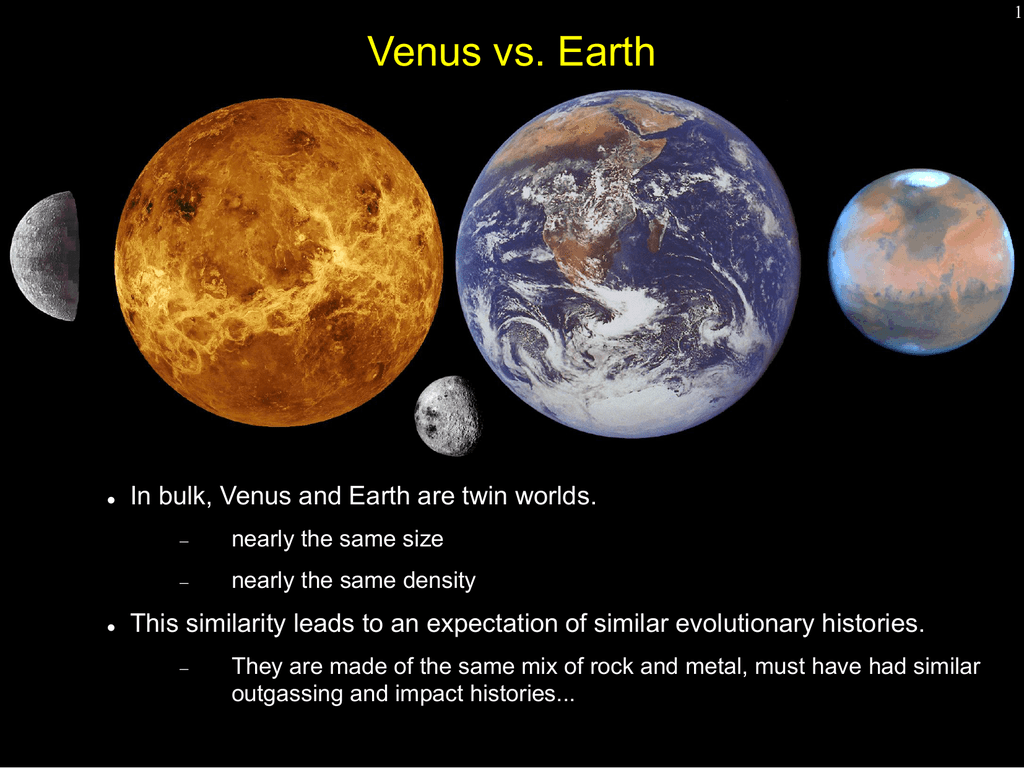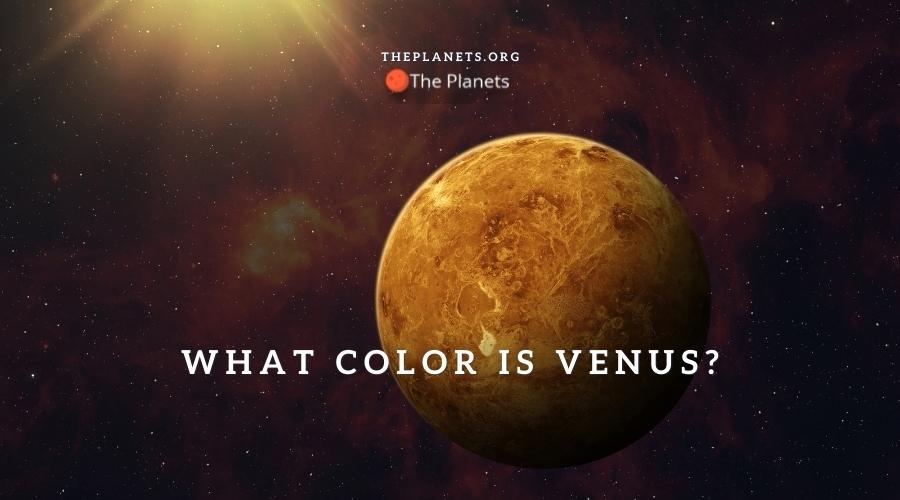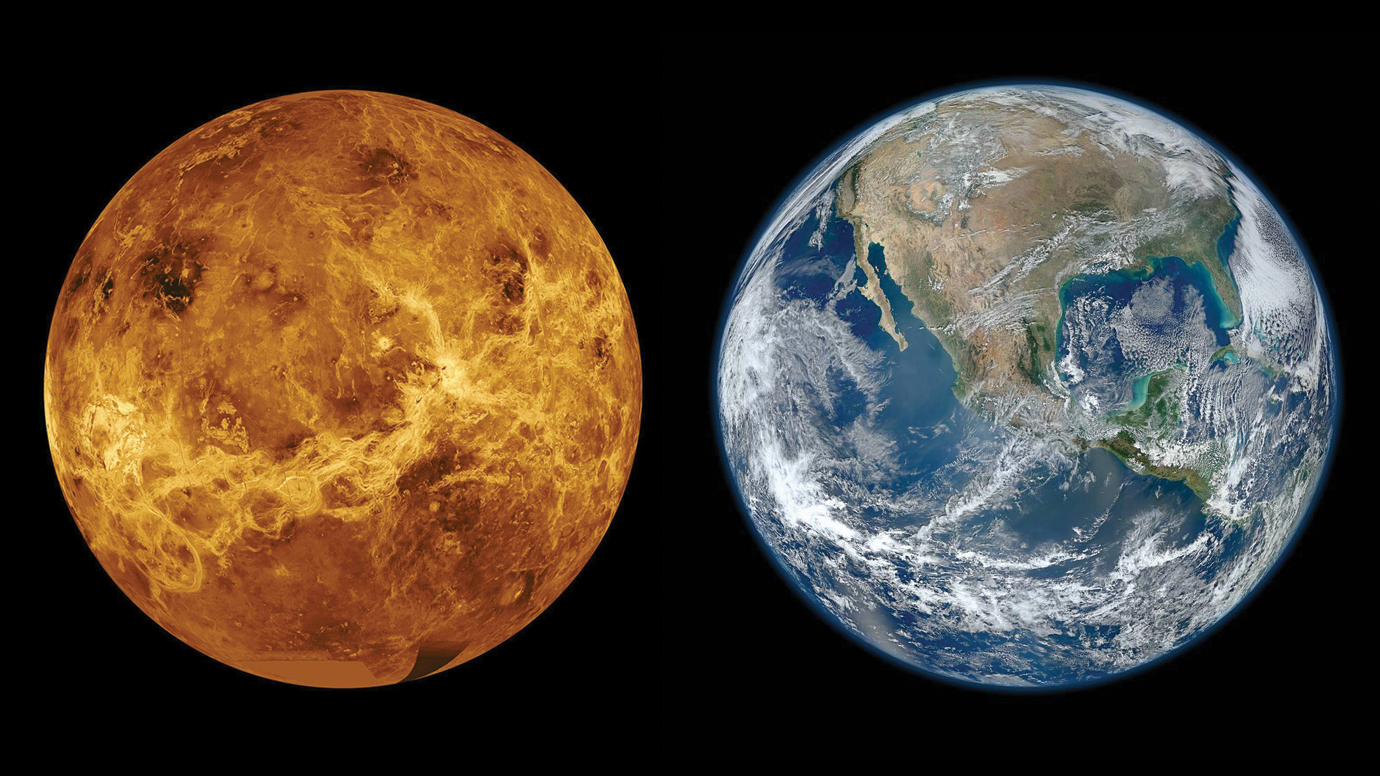Which Of The Following Statements Can Be Said About Venus

Venus, Earth's scorching sister planet, continues to reveal its secrets, challenging long-held assumptions. Recent data confirms several key characteristics, solidifying our understanding of this enigmatic world.
This article synthesizes the latest findings about Venus, addressing the common question: Which statements accurately describe this planet based on current scientific evidence?
Atmosphere and Climate
Venus's atmosphere is overwhelmingly dominated by carbon dioxide. This makes up approximately 96.5% of the atmospheric composition, creating a runaway greenhouse effect.
Surface temperatures on Venus soar to around 900 degrees Fahrenheit (482 degrees Celsius). This is hot enough to melt lead, making it the hottest planet in our solar system.
The atmospheric pressure on Venus is approximately 90 times that of Earth. That’s equivalent to the pressure found nearly 3,000 feet (914 meters) below the ocean’s surface on Earth.
The thick clouds shrouding Venus are primarily composed of sulfuric acid. These clouds reflect a significant portion of sunlight, contributing to the planet’s high albedo.
Surface Features and Geology
Venus exhibits evidence of past volcanic activity. While large-scale plate tectonics are not present like on Earth, volcanic features like shield volcanoes and lava flows are abundant.
Impact craters are relatively scarce on Venus. This suggests that the planet's surface has been resurfaced by volcanic activity relatively recently in geological terms, perhaps within the last billion years.
The surface of Venus is relatively flat compared to Earth. Vast plains cover much of the planet, punctuated by highland regions and a few large mountains.
Maxwell Montes is the highest mountain range on Venus. It rises to approximately 11 kilometers (6.8 miles) above the planet's average radius.
Rotation and Orbit
Venus rotates on its axis extremely slowly. A single day on Venus is longer than its year, taking approximately 243 Earth days to complete one rotation.
Venus rotates in a retrograde direction, meaning it spins backward compared to most other planets in our solar system. The cause of this unusual rotation is still debated.
The orbit of Venus is the most circular of all the planets in our solar system. This means its distance from the sun varies very little throughout its orbit.
Venus has no moons or rings. This absence of natural satellites is a notable characteristic of the planet.
Internal Structure
The internal structure of Venus is believed to consist of a core, mantle, and crust. However, details about the size and composition of these layers are still being investigated.
Venus lacks a global magnetic field. This is likely due to its slow rotation, which prevents the generation of a strong magnetic dynamo in its core.
The core of Venus is thought to be similar in size to Earth's. However, it may be partially or completely molten, contributing to the lack of a global magnetic field.
Past and Future Exploration
Numerous missions have explored Venus, including the Soviet Venera program and NASA's Magellan mission. These missions have provided valuable data about the planet's atmosphere, surface, and geology.
Future missions to Venus are planned to further investigate its atmosphere, surface, and interior. These missions aim to answer fundamental questions about the planet's evolution and habitability.
NASA's DAVINCI and VERITAS missions are scheduled to launch in the late 2020s or early 2030s. These missions will provide unprecedented insights into Venus's atmosphere and geology.
The EnVision mission by the European Space Agency (ESA) is also planned. It will focus on studying the planet's geology and searching for signs of active volcanism.
Key Takeaways
In summary, Venus is a hot, dense, and volcanically active planet with a carbon dioxide-rich atmosphere and sulfuric acid clouds. It has a slow, retrograde rotation and lacks a global magnetic field.
Ongoing and future missions promise to refine our understanding of Venus, potentially revealing insights into why it evolved so differently from Earth. The data gathered will shape the next generation of planetary science.
Further research is crucial to unravel the mysteries of Venus's past and present. The upcoming missions represent a significant step toward achieving this goal, promising to unlock new secrets about this fascinating world.


















